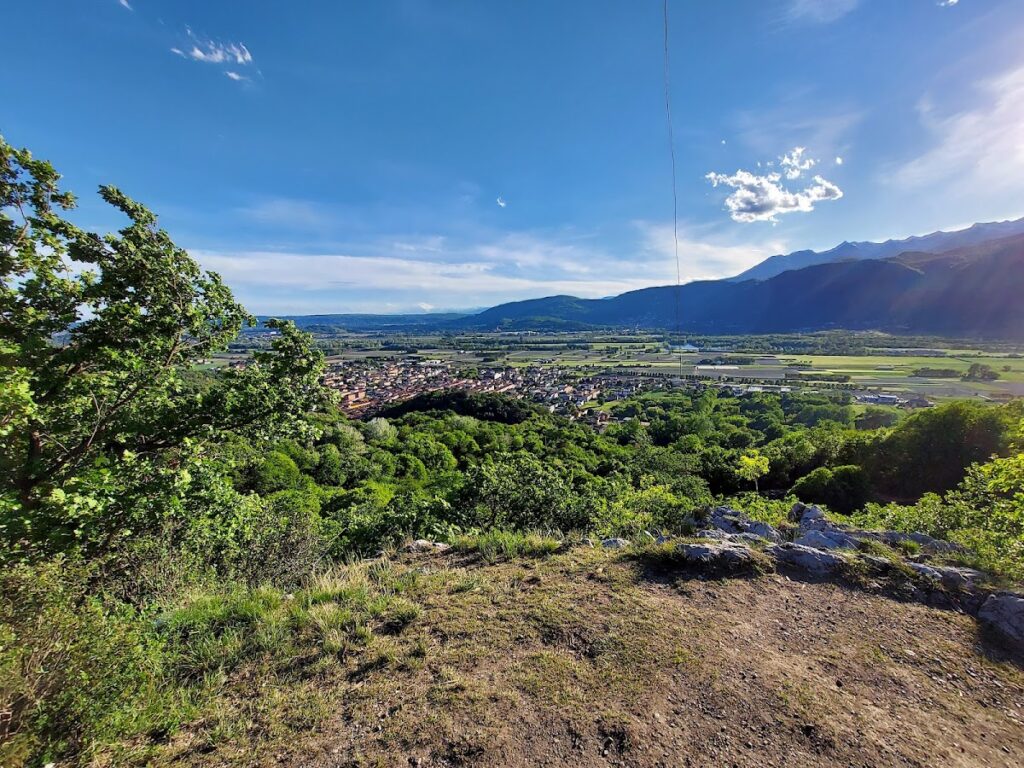Castello di Montalto Dora: A Medieval Fortress in Italy
Visitor Information
Google Rating: 4.2
Popularity: Low
Google Maps: View on Google Maps
Official Website: www.castellomontaltodora.com
Country: Italy
Civilization: Unclassified
Remains: Military
History
The Castello di Montalto Dora is located in the municipality of Montalto Dora, Italy. It was constructed by medieval builders in the first half of the 12th century as a defensive fortress.
The earliest mention of the castle dates to around 1140-1141, recorded under the name “castrum monsalti.” At that time, it served primarily as a military stronghold designed to oversee and control access to the Aosta Valley and the important pilgrimage route known as the Via Francigena. Early on, the castle was under the authority of the Bishop of Ivrea, reflecting the close ties between religious and secular powers during this period.
During the 14th and 15th centuries, the castle saw significant expansions and alterations aimed at reinforcing its defenses. Over the centuries, ownership changed hands several times, passing from the lords of Settimo Vittone to the House of Savoy in the 14th century. Later, the de Jordano family of Bard took possession, demonstrating the castle’s role within the regional network of noble estates.
The castle endured military pressure in 1641 during the siege of Ivrea by French troops led by Marquis d’Harcourt. This assault resulted in the dismantling of much of the castle’s interior structures, although the outer walls remained substantially intact. In the following centuries, ownership shifted once more. The Vallesa family held the site until the early 1800s, after which Count Severino of the Casana barons acquired the castle and began restoration efforts.
By the late 19th century, prominent architects Carlo Nigra and Alfredo d’Andrade undertook a careful restoration, leaving a noticeable impact on the renovation style of the nearby Borgo Medioevale in Turin. In more recent times, the castle has been used as a filming location, notably appearing in the 2012 film “Dracula 3D” directed by Dario Argento and the 2006 RAI television adaptation of “La freccia nera.” As of 2024, reports indicate that the castle was on the market, drawing interest from American actor Johnny Depp.
Remains
The Castello di Montalto Dora occupies a strategic position at 405 meters above sea level atop Mount Crovero, overlooking Lake Pistono within the Ivrea morainic amphitheater. Its layout is an irregular quadrangle surrounded by two concentric defensive walls. The inner wall rises approximately 14 meters high and stretches along a perimeter measuring between 150 and 175 meters. This wall features 142 crenellations—merlons, or battlements, that provided cover for defenders—and includes a patrol walkway that extends for about 160 meters, allowing movement along the ramparts.
Four round towers anchor the castle’s corners, enhancing its defensive capabilities. Within the walls stands a large square keep, known as a mastio, positioned on the northern side to oversee the surrounding plains and access routes. This keep served as the castle’s main fortress and final refuge in times of attack.
Inside the courtyard, a relatively low-lying building is believed to have functioned as a guard post, providing a protected position for sentries. Adjacent to this is a small chapel dedicated to Our Lady of Grace, sometimes called the castle’s castrense chapel, which houses frescoes dating from the 15th century attributed to the artist Giacomino da Ivrea. On the chapel’s southern façade, a fresco depicts Saint Christopher, recognized as the protector of pilgrims traveling along the Via Francigena. Inside, frescoes portray several female saints, including Saint Margaret, Saint Liberata accompanied by the infant saints Gervasius and Protasius, and Saint Lucy, alongside an image of the Madonna nursing the Child.
A well, positioned between the chapel and the guard post, supplied water to castle inhabitants, a vital feature for sustaining life during both daily operations and siege conditions. The castle’s stone walls, adorned with merlons, include a guard walkway along the battlements from which defenders could patrol and observe the surroundings.
Within the noble residence is a spacious baronial hall, furnished in a style faithful to the historical period, which was used to receive noteworthy guests and conduct important gatherings. These surviving features illustrate the castle’s dual roles as both a defensive stronghold and a center of noble habitation.










